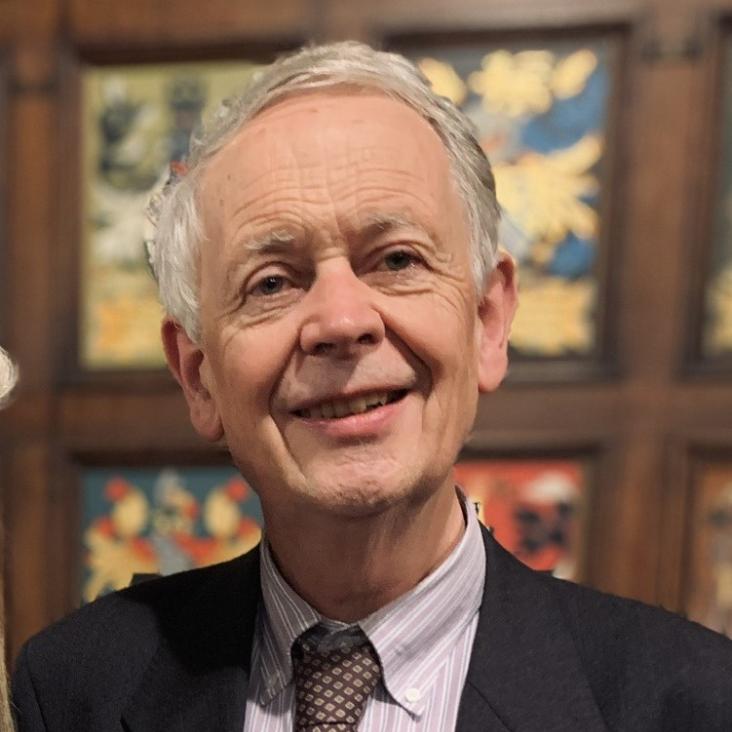IONIZED ABSORBERS AS EVIDENCE FOR SUPERNOVA-DRIVEN COOLING OF THE LOWER GALACTIC CORONA
ASTROPHYSICAL JOURNAL LETTERS 764:2 (2013) ARTN L21
Actions for axisymmetric potentials
Monthly Notices of the Royal Astronomical Society Oxford University Press (OUP) 426:2 (2012) 1324-1327
More dynamical models of our Galaxy
Monthly Notices of the Royal Astronomical Society Oxford University Press (OUP) 426:2 (2012) 1328-1337
Dynamics of secular evolution
ArXiv 1202.3403 (2012)
Abstract:
The text of lectures to the 2011 Tenerife Winter School. The School's theme was "Secular Evolution of Galaxies" and my task was to present the underlying stellar-dynamical theory. Other lecturers were speaking on the role of bars and chemical evolution, so these topics are avoided here. We start with an account of the connections between isolating integrals, quasiperiodicity and angle-action variables - these variables played a unifying role throughout the lectures. This leads on to the phenomenon of resonant trapping and how this can lead to chaos in cuspy potentials and phase-space mixing in slowly evolving potentials. Surfaces of section and frequency analysis are introduced as diagnostics of phase-space structure. Real galactic potentials include a fluctuating part that drives the system towards unattainable thermal equilibrium. Two-body encounters are only one source of fluctuations, and all fluctuations will drive similar evolution. We derive the orbit-averaged Fokker-Planck equation and relations that hold between the second-order diffusion coefficients and both the power spectrum of the fluctuations and the first-order diffusion coefficients. From the observed heating of the solar neighbourhood we show that the second-order diffusion coefficients must scale as J^{1/2}. We show that periodic spiral structure shifts angular momentum outwards, heating at the Lindblad resonances and mixing at corotation. The equation that would yield the normal modes of a stellar disc is first derived and then used to discuss the propagation of tightly-wound spiral waves. The winding up of such waves is explains why cool stellar discs are responsive systems that amplify ambient noise. An explanation is offered of why the Lin-Shu-Kalnajs dispersion relation and even global normal-mode calculations provide a very incomplete understanding of the dynamics of stellar discs.The detection and treatment of distance errors in kinematic analyses of stars
Monthly Notices of the Royal Astronomical Society 420:2 (2012) 1281-1293


